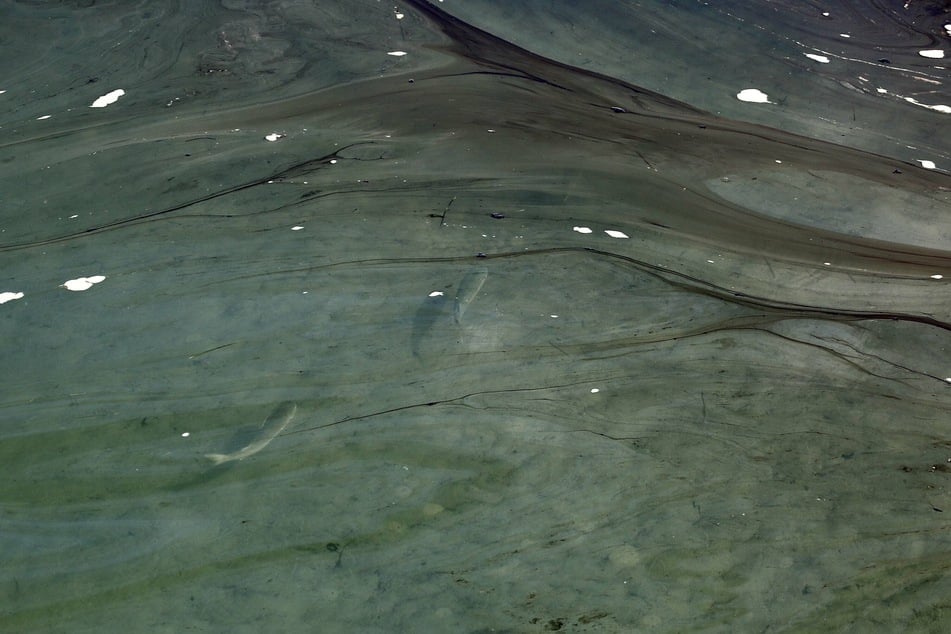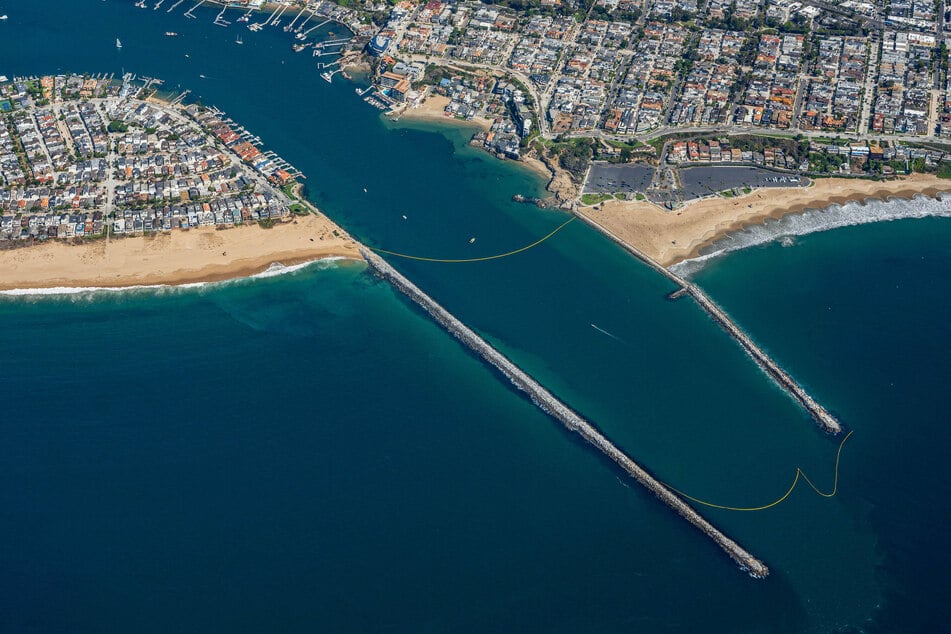California oil spill leaves only clues, dead ends, and mysteries
Los Angeles, California — Nearly a week after a tear in an undersea pipeline resulted in a massive oil spill off the Southern California coast, the clues keep piling up. But the mystery of what caused the rupture and who is ultimately responsible remains unsolved.

Like other investigations into mechanical failures that have led to catastrophic results, an understanding of the chain of events that led to the spill is playing out like twist-filled thriller.
Leads are being followed. Some have already resulted in dead ends; others are still unfolding.
It’s still unclear how the pipeline ruptured, when the damage was done, and what could have prevented it. Even the exact location of the pipe running along Orange County coast is also the subject of some doubt.
"The frustrating part is that the information is coming at investigators at the speed of light, and they can be inundated with irrelevant noise," said Richard Kuprewicz, who by his account has investigated hundreds of pipeline incidents over the course of 20 years. "They have to filter that out of the way."
As containment and mitigation efforts advance, nearly a dozen government agencies have become involved in an investigation that has already taken them to the Port of Oakland, where authorities spoke Wednesday to the operators of a German container ship that had been on-site at the time of the spill.
The ship was allowed to continue on with its journey, however, and the ship’s owners said the vessel was no longer under scrutiny.
Kuprewicz warns that answers may take time.
"We should have an answer in a couple of months, which is about how long it takes to do the forensic analysis," he said, which should include removing the damaged pipe from nearly 100 feet of water. "They should be able to determine with a high degree of confidence what the most likely failure mechanism was."
Of course, determining the cause of the rupture will be easier than finding out who is responsible. "It will take more time to get to the who, than to the why," Kuprewicz said. "The why follows the science. The who follows the rule of law."
Lawsuits and an investigation have been launched

As of Thursday, the most probable suspect continued to be a shipping vessel that might have hit and possibly snagged the pipeline in the process of anchoring.
But identifying that ship will require establishing when the pipeline was damaged. Complicating that work is the possibility that damage took place months before the pipe cracked open.
The answer to these questions is critical in not only preventing a similar spill from taking place but also in determining liability, which could possibly extend to criminal negligence.
A performer on the Huntington Beach boardwalk has already sued the pipeline operator in federal court, claiming that the spill will harm his business and has exposed him to hazardous chemicals. The lawsuit is seeking class-action status.
On Thursday, another lawsuit filed in federal court on behalf of Laguna Beach shoreline property owners also seek class-action certification and damages for loss of enjoyment, potential lowered property values, and diminished rental income.
Rebecca Ore, commander of the US Coast Guard Sector Los Angeles-Long Beach, was reluctant to give an estimated cost of the cleanup. "We’re still in the early phases of this, and responses can be a long-term effort," she said.
But Kuprewicz anticipates this effort could "easily go into the hundreds of millions."
The infrastructure is owned by Amplify Energy Corp., a publicly owned energy company headquartered in Houston. Its portfolio, according to its website, includes "mature, legacy oil, and natural gas fields." Its inspection records are now under investigation.
As the investigation continues, Kuprewicz advises patience. The first priority is to contain the spill and try to curb its negative effects on the environment. Other answers will come in time, he said.
"The public tends to make conclusions that outpace the science," he said. "They think they can solve this right off the bat. But there is a due process to these procedures. The rule of law applies, and this process takes a while."
Cover photo: IMAGO/ZUMA Wire
